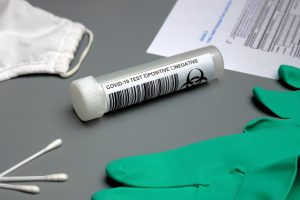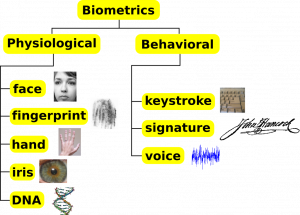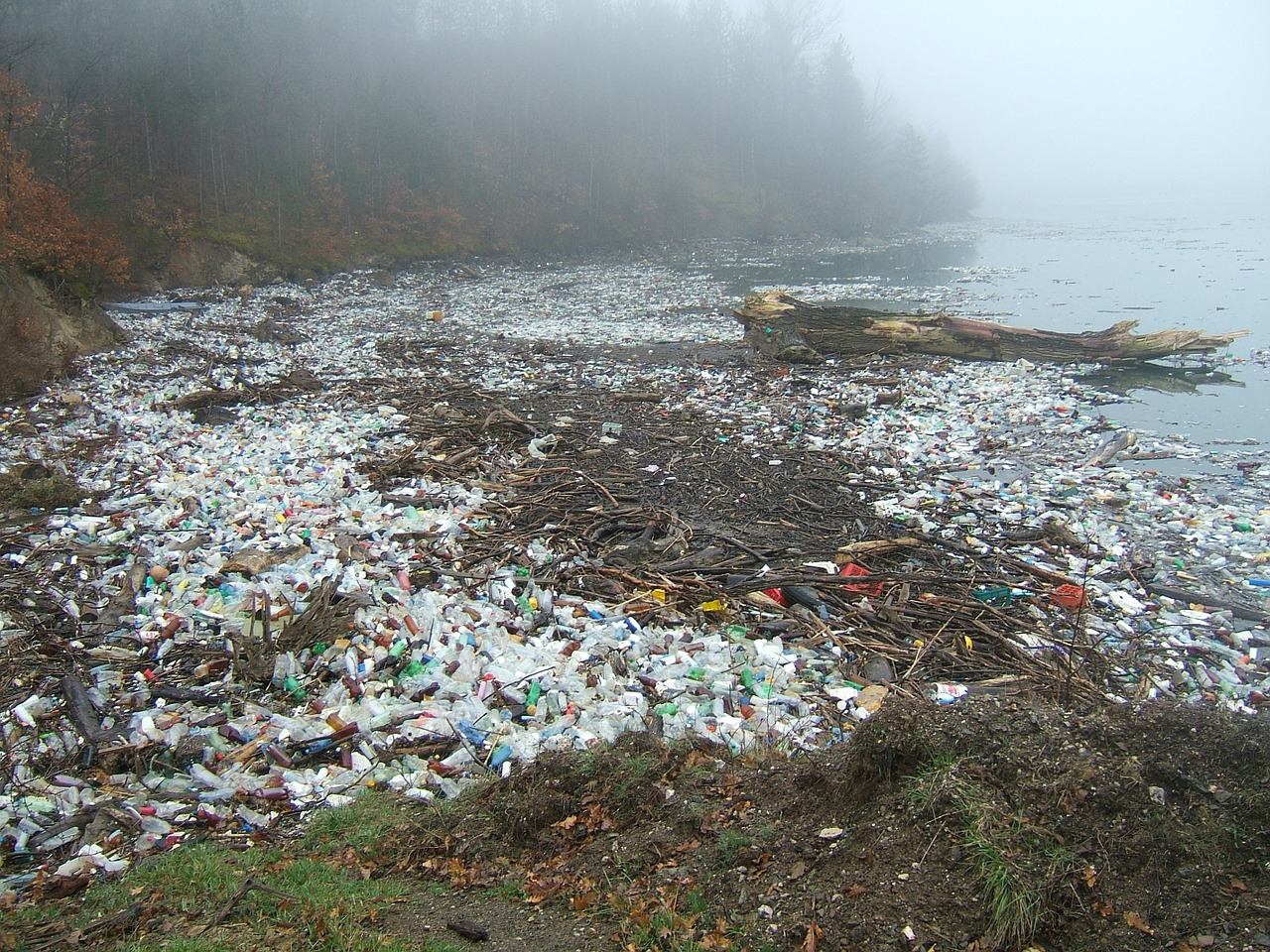Introduction
Right now communicating science to the general public is more important than ever, and we are failing. Less than 50% of Americans say they would receive a vaccine for COVID-19. This shows the eroding trust that the public has for their once highly esteemed scientist. This is the result of breakdowns in the scientific method that have led to conflicting information being shared with the public.
Mask Wearing
Perhaps the most notable slip up was the controversy surrounding masks. While recommended now, it was not until April 3rd, three months into the pandemic, that the CDC began recommending the general public to wear a mask. This was in direct conflict with their earlier statements that only healthcare workers needed masks. Scientists rushed conclusions that could not be properly verified before being shared with the public. The public demanded answers from a process that can take years, in a matter of weeks. By caving in to public demand, the CDC and World Health Organization were inevitably set up for failure as the pandemic progressed and more data was collected leading to new developments. Tweets from the U.S surgeon general like this

Tweet by Surgeon General Feb 29
only serve to fuel distrust when compared with tweets he makes a few months later.

Tweet by Surgeon General June 14
I do not fault scientists for changing their opinion as new data became available, but I do fault (some) scientists for stating their answers with confidence when the proper research and review had not been conducted.
Treatment

Image: flickr
Scientists have been under enormous pressure to find treatments for COVID-19 that can reduce mortality and infection rate. This has created haste in the scientific method and has allowed some treatments to receive emergency authorization from the FDA such as remdesivir. Even these emergency authorizations are accompanied by randomized, double-blind, placebo-controlled clinical trials that assure treatments are safe. These methods for testing were not present in the study of Hydroxychloroquine that led to its eventual emergency authorization. The original study involved only 26 patients treated with Hydroxychloroquine that were compared to 16 untreated patients at a different hospital. Later studies conducted on Hydroxychloroquine would question its effectiveness as a treatment for COVID-19 and thus the scientific process was able to correct itself and the FDA revoked the use of Hydroxychloroquine. However, the public once again lost its trust in doctors. This opened the door to rumors and conspiracy theories to dominate the public view. In a pandemic where time is everything the spread of misinformation costs lives
By allowing leniency in the scientific method, we have opened the flood gates to all types of information being thrust onto the pedestal once reserved for the conclusion from the scientific method. Your uncle’s Facebook post about the healing power of Clorox bleach carries as much weight as the cutting edge research on COVID-19. Scientists have lost credibility with the public. This is not the first time this has happened, but it may be the most damaging.
Dylan Chambers




















